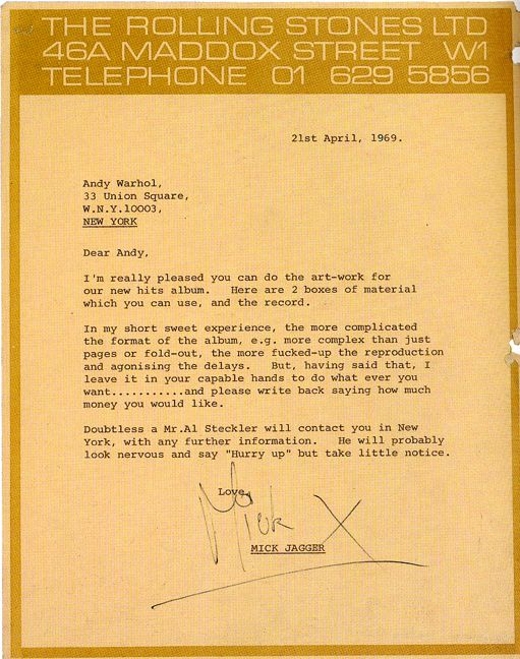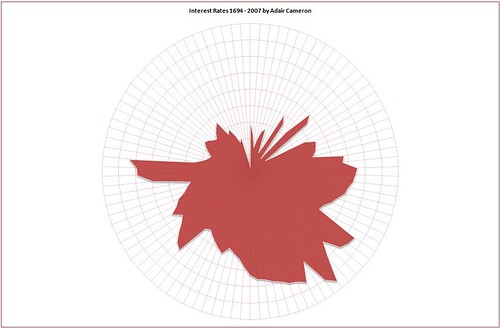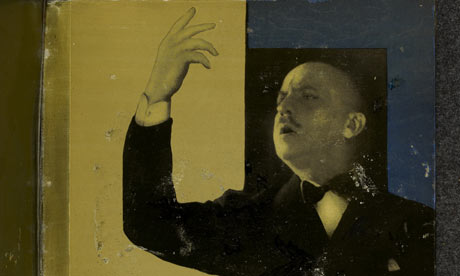The following is adapted from a review that first appeared in the Printing Historical Society Bulletin

‘Making books made easy’ was the headline in an issue of
Design Tutor, a how-to-do-it-yourself guide that promoted the make-over and the quick-fix design solution – much in the manner of today’s gardening programmes on tv. In such an approach, a discussion of small capitals naturally found its place in ‘Nitpickers’ Corner’, while ‘Our Heroes’ featured a designer who, the magazine claims proudly, ‘wasn’t a designer at all’. Perhaps one drawback of the title,
How typography happens, chosen for the casting into print of Ruari McLean’s measured and elegant Sandars Lectures is that it will be taken as part of the ‘how to do it’ genre. The explanatory line, which appears on the back of the jacket but nowhere in the book itself, ‘an account of how typography became a profession in its own right, and changed the face of book and type design’, is closer to a description of the contents, but perhaps not close enough.
For a book which claims to describe the emergence of a profession, this is still a firmly top-down history, not a social one. Few designers are discussed in any detail – and all of them are master practicioners (there are no women). The scene is restricted by something akin to the dramatic unities: Britain, America, France, and Germany; concentrating on the period 1830–1930; mainly book and type design. Perhaps the demands of the public lecture require an adherence to narrative and to the promotion of strong rulers and law-givers – as Simon Schama’s 1990s television history of Britain showed. The historian whose writing is rich in social context went for the 1066-and-all-that approach when confronted with the screen’s demands for visuals and a strong story line. The trick is to do it well, as both Schama and McLean proved by pulling it off.

But typography doesn’t just happen. It is made. McLean is careful to explain that, despite the early printing manuals’ focus on the tasks and duties of the compositor, the executors of typesetting are not those who make typography happen. He points to the need for a guiding intelligence, initially provided by the master printer. For McLean, the starting point of the typographic profession, and the point at which the word typography began to shift its meaning from printing to design, is the transfer of this guiding intelligence to the publisher, to the person who commissions print rather than carries it out. Naturally this shift is a result of economic and social as well as technical developments, and McLean places it firmly in England in the 1830s, when the publisher William Pickering can be identified as responsible for the design of books printed for him by Charles Whittingham.
McLean’s ideal typographer needs to be more than a competent professional. Changes in typography can only happen, he argues, if practitioners take part in education as well as design. And that involvement in education needs to be practical. The publication of manuals and histories (De Vinne’s aimed at printers, Updike’s aimed at ‘intelligent people interested in printing’) allows experience to spread. Different national cultures influenced this process in different ways. He points out the difference in status between the British and German printing trades at the turn of the century, and traces the transfer of the typographic torch from the unadventurous British to the technically educated, status-conscious Germans, with their printing schools in Berlin, Munich, and Leipzig. McLean clearly admires the thoroughness he sees in the German approach, naturally focusing on what he describes as ‘Tschichold’s “New Typography” ’. Jan Tschichold is his ideal practitioner and educator: he writes economically for compositors and printers, not dilettantes, and his writing is practical, sensible, and ‘truly efficient’. McLean contrasts his 24-page, A4 booklet on how to draw layouts with Thibaudeau’s ‘expensive and elaborate’
Manuel Français de Typographie ‘that few compositors could have afforded or would even have seen’. McLean emphasizes Tschichold’s youth, and the speed of his typographic development: 21 when he first saw modern art, 23 when his essay ‘elementare typographie’ was first published by the national trade magazine
Typographische Mitteilungen.
McLean retells the bemused reaction to the New Typography in the Anglo-Saxon world, reserving praise only for Edward McKnight Kauffer and the printers Lund Humphries for promoting Tschichold in London before the second world war, and Paul Rand for understanding it in the States after the war. The ‘moderne’ American approach to typographic design is illustrated (and decried) by showing Frederic Ehrlich’s ‘faulty’ manual
The New Typography & Modern Layouts, its hectic page tellingly placed opposite a calm Birkhäuser title-page by Tschichold. McLean is more ambivalent about the new traditionalist club of British typographers, but implicitly criticizes Francis Meynell, Morison and Oliver Simon for their ‘numerous trial proofs of title-pages’. If only they had drawn their layouts more carefully!
While McLean is able to knit together a typographic narrative that that binds events and practitioners in Britain, Germany, and America, he admits that France must be treated as a separate case: in France ‘we find something completely different’. McLean provides a convincing explanation for la différence, pointing out the stronger tradition of the book-illustrator and artist (Daumier, Delacroix, Doré) in nineteenth-century France, and the lack of influence that the closed, subscription-only private presses had on the trade in general. McLean’s illustrations for this chapter include four pages from Tolmer’s
Mise en page and five from Thibaudeau’s
Manuel. But as the latter is set in the Auriol typeface, and George Auriol’s designs are shown in a further three illustrations, the reader is overwhelmed by his particular style. In contrast Maximilien Vox, whose wide-ranging talents are described, is illustrated by a portrait, some quotations, but not by examples of his work. Vox’s typographic guidelines for corporate clients such as the French Ministry of Finance or the French broadcasting organization after 1945, which would seem to indicate the final arrival of the typographic designer as a professional, are not mentioned at all. The chapter on the French convinces the reader that they were certainly different, but does not show that theirs was a genuine contribution to modern typography.
The book ends with Vox’s comment ‘I can only work joyfully’. This book has the advantages of a strong narrative thread and an engaging style. Quotations in French and German appear in the original language as well as in translation. The text is neatly set in Fred Smeijers’s Renard typeface, but some of the illustrations in the chapter on France are not quite as sharp as they could be; none show the items illustrated as three-dimensional objects, and not all have exact reduction values. The illustrations, which come in groups of up to 8 pages, occasionally interrupt the flow of the text for the reader.
Ruari McLean
How typography happens
London: The British Library/New Castle, Delaware: Oak Knoll Press, 2000
0-7123-4634-1 (BL cased edn.)
234 x 156 mm, 96 pp., 69 b/w illustrations
















































